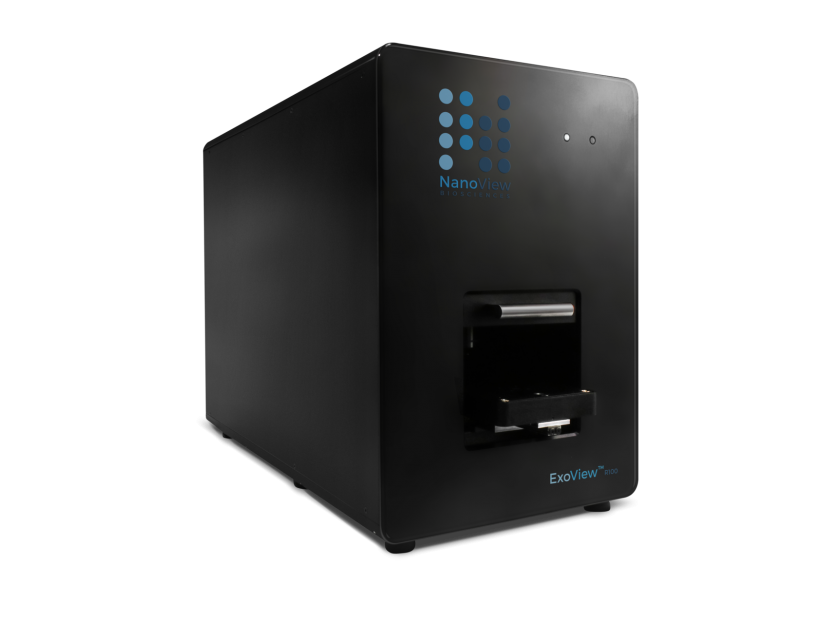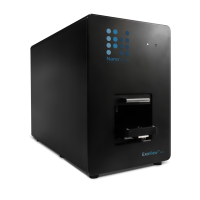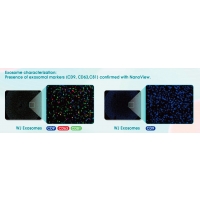Are Exosome Product Counts a Fallacy? How Exosome Companies Manipulate Their Results?
Are Exosome Product Counts a Fallacy?
How Exosome Companies Manipulate Their Results
Exosomes, otherwise known as extracellular vesicles, have become extremely popular in regenerative medicine over the past few years. Why? Here are 4 reasons they have exponentially grown in popularity.
- Researchers have learned a lot about the cell to cell communication capabilities of exosomes, which facilitate damaged and older cells to potentially “reprogram” themselves.
- They are TINY, being three times smaller than stem cells. This permits passage through the blood brain barrier without a problem, and also allows effective usage with small gauge needles without damaging the proteins.
- Exosomes don’t clump as much as stem cells do in the lungs and are also attracted to areas of inflammation, similar to stem cells.
- Exosomes are not cells, they are extracellular vesicles which are byproducts of cells, such as stem cells. They do not contain DNA, and current research leads us to believe they are not tumorigenic.
How are exosomes manufactured? First of all, it should be clarified that no embryos are used in the process. No babies are harmed at all, so there are no ethical issues. Most commonly, a lab will start with a source of mesenchymal stem cells. This can be from adipose tissue, bone marrow, or post natal tissue (umbilical cord or amniotic fluid).
Then, those MSC’s are cultured. In the US, using cultured MSC’s is not permitted. But the byproducts of those MSC’s, the exosomes, are gathered and packaged separately. Currently, this is permitted for use in the US. In addition, there is a process for gathering exosomes directly from amniotic fluid. There are a LOT of exosomes in amniotic fluid, with so many that there is no need for culturing at all.
One of the ways we have seen exosome manufacturers market their products is to tout “exosome counts” per cc. Exosome counts are overall much larger in most products compared to stem cells as a whole. Typically exosome counts per cc in a product are in the billions, compared to millions for stem cells.
This leads me to the real point of this article. The way most exosome manufacturers actually count the extracellular vesicles leads to a fictional assertion of what is really in their products. Here’s why. The average size of an exosome is tiny, but broad, being anywhere from 30nm up to 150nm. This may be surprising, but there ARE additional proteins that are part of this size range in the biologics that are produced. There are also dead cells (apoptotic) that start in size from about 50nm.
According to a comprehensive article published in Cells 2019 by Doyle and Wang, “a major hindrance in bringing exosomes into the clinical setting is the lack of standardization in isolation methods”. Even the most modern method of isolating exosomes has “failed to exclusively isolate exosomes, and typically result in complex mixtures of EVs and other components of the extracellular space”.
Most labs use a method of exosome isolation called ultracentrifugation, which basically pulls out proteins and cells based on a size range. Then, labs will perform an exosome “count” that looks specifically at the size of proteins and cells in a sample. This ends up being VERY inaccurate!
The biggest question I have with these counts is, “What percentage are ACTUALLY true exosomes?” When I hear a company tout that they have 100 billion (or more) exosomes per cc, I seriously doubt the results as I’m pretty sure there is a decent percentage of dead cells and trash proteins included. In all actuality, you probably need to divide those results by 4 to 7 to get the true number.
The BEST way to actually tell how many exosomes there are in a product is by using surface markers. What does that mean? Cell surface markers are proteins expressed on the surface of cells that often conveniently serve as markers of specific cell types, or in this case, extracellular vesicles (since they are not cells).
There are several protein markers (called tetraspanins) that are used to specifically identify exosomes, such as CD81 and CD63. Without delving too much into the specifics of the technology, the basic premise is that the biomarkers attach to the exosomes, and then immunofluorescence lights up those attachments and can be quantified.
So in conclusion, the BEST characterization of exosome counts occurs with a counting method that actually entails attachments to real exosomes and not trash proteins or dead cells. An exosome count from a product that has been confirmed in such a way is way more reliable than just a method based on sizing.
Regen Suppliers offers an exosome product based on the biomarker method, known as ReBellaXO. The product comes in sizes including 1cc, 2cc and 5cc, with an accurate exosome count of 15 billion per cc per tetraspanin biomarker counting.
Currently, Regen Suppliers is offering ReBellaXO in a 2 for 1 special with the 1cc and 2cc sizes. This makes the 1cc size only $337 per cc!
Contact Regen Suppliers today at (888) 568-6909 for ordering, or simply visit rebellabiologic.com/order to place an order online.




